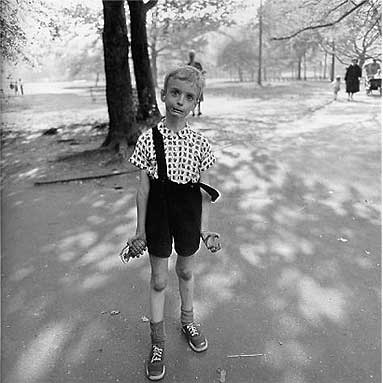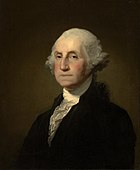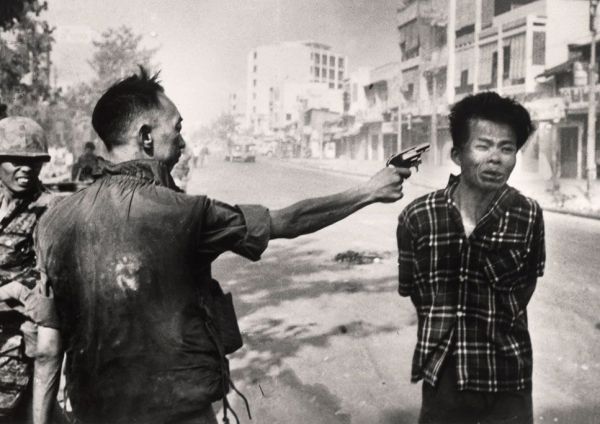Portrait photography, is a photography that shows a persons likeness and/or personality. It can be of any style, show just the head or even the whole body, but the main characteristics is it tells something about the person. The opposite would be figurative that treats the subject as an object, or a piece of art. Figurative photos concentrate on shape and form and texture whereas portraits concentrate on personality and "storytelling".

Diane Arbus
Was born on March 14 1923, Died on July 26 197. She was a gifted photographer who achieved fame ans some notoriety from her images of people who are emotionally or physically aggrieved. Some of her work include awkward adolescents, tattooed roughnecks, sex orgies, and persons she called "freaks" in a matter of fact way without deprecation. She lived and worked in New York City. Perhaps her most famous image is of a giant (a man about 8 feet tall) stooping beside his parents little more than half his height. The very tall man looks a bit frightening, and all have a startled, almost pained expression on their faces.
Diana Arbus was a unique and a gifted photographer she had a unique idea, to photograph people she would simply capture a photo of people who are different from other people, which means that people you would not expect see everyday and see them in our society. A couple of these examples are shown here below. In order for her to get these photographs she would simply travel places to different town and cities and find these fascinating people and capture the moment when she sees one.

Portraiture photography has been round since kings and queens were around, since then the development of portraiture had risen and has grown into something unique. We all can see this by glancing at portraiture paintings which may be 100 of years ago and if we see today we can see a huge difference between now and then. A classic example of this is of George Washington, this picture below is shown we may not know who had done this beautiful image but this does not matter, we just may want to know about how its changed throughout the year and maybe the technique used, these versions of portrait painting has now changed and we may now refer to this as portraiture. An example of this is from a famous photographer called Diana Arbus, as shown below.


We can all see changes and contrasts between these two pictures. One of the most major changes is that one is black and white, and the other is coloured. Also, one has been drawn and the other has been captured on a leica camera.








